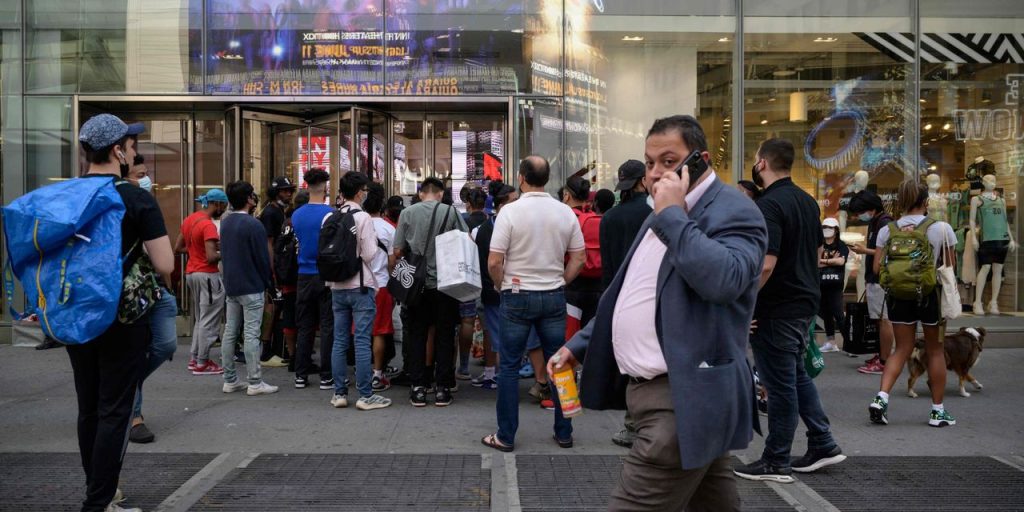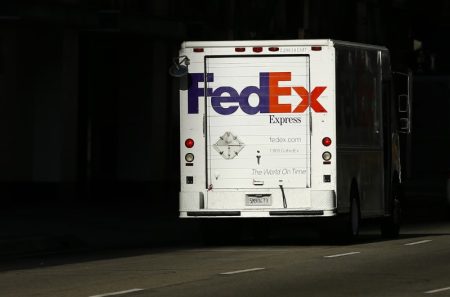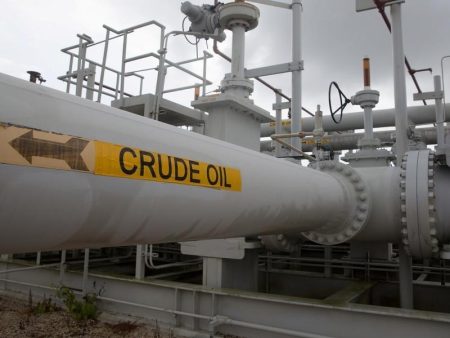Another voice chimed in to the growing debate about whether there will be a U.S. recession as Goldman Sachs lowered the chances of a deterioration.
Goldman chief economist Jan Hatzius trimmed the probability of a recession in the next 12 months to 20% from 25% — well below the 54% median among forecasters who participated in the last Wall Street Journey survey.
“The main reason for our cut is that the recent data have reinforced our confidence that bringing inflation down to an acceptable level will not require a recession,” said Hatzius.
Gross domestic product is tracking at a 2.3% annual rate, he said, as consumer sentiment has rebounded, unemployment fell back and jobless claims reversed much of a mini spike.
“We do expect some deceleration in the next couple of quarters, mostly because of sequentially slower real disposable personal income growth—especially when adjusted for the resumption of student debt payments in October—and a drag from reduced bank lending. But the easing in financial conditions, the rebound in the housing market, and the ongoing boom in factory building all suggest that the US economy will continue to grow, albeit at a below-trend pace,” said Hatzius.
He also said he’s not worried about the inversion of the yield curve. On Tuesday morning, the 2-year yield
TMUBMUSD02Y,
was nearly a full percentage point above that of the 10-year
TMUBMUSD10Y,
“First, the term premium is well below its long-term average, so it takes fewer expected rate cuts to invert the curve. Second, there is a plausible path to Fed easing just on the back of lower inflation—in fact, both our and the FOMC’s non-recession projections call for more than 200 basis points of gradual cuts in the next 2-3 years. Third, if forecasters are overly pessimistic now, rates market investors—and thus the expectations priced into the yield curve—are probably also overly pessimistic,” said Hatzius.
Hatzius says that means the idea that the inverted yield curve validates the recession calls is “circular.”
By no means is the talk of a U.S. recession dead. Deutsche Bank strategist Jim Reid charted recession starting times after previous Fed rate hike cycles. All but one recession took longer to germinate, he finds.
“The quickest lag between hiking and a recession was the 11 months between the hiking cycle that began in August 1980 that resulted in a recession in July 1981,” Reid said.
“Inflation is falling fast and the data is holding up, thus improving the chances of a soft landing. Beware of the lag though,” he said.
Read the full article here







